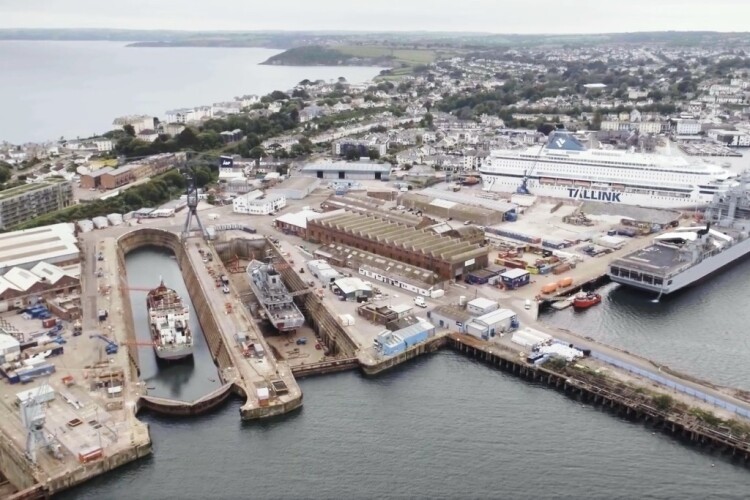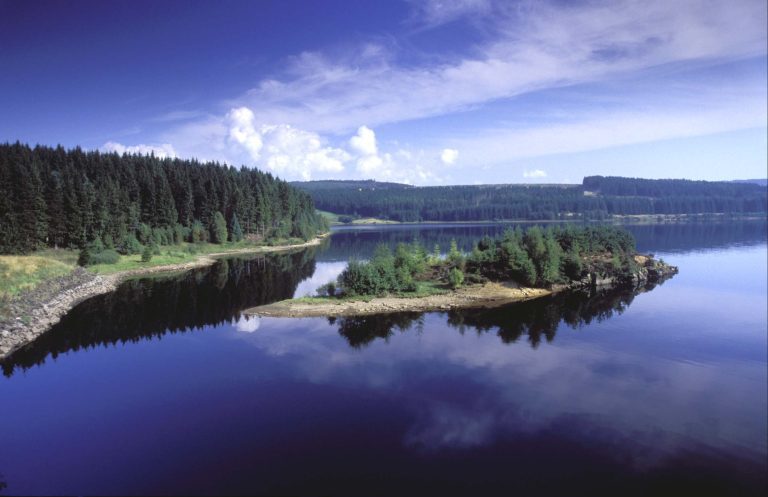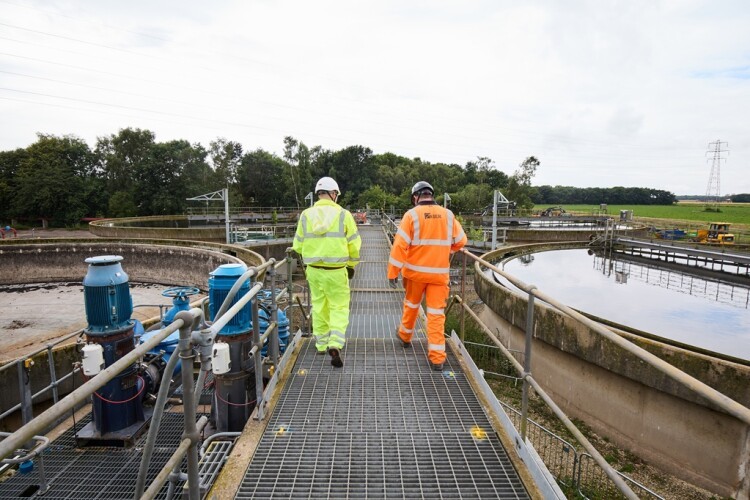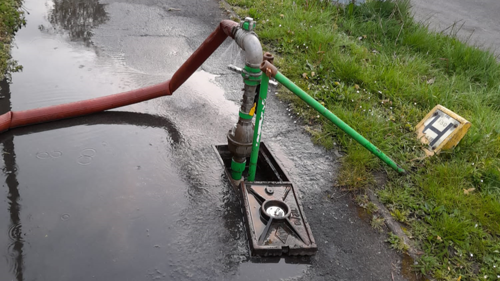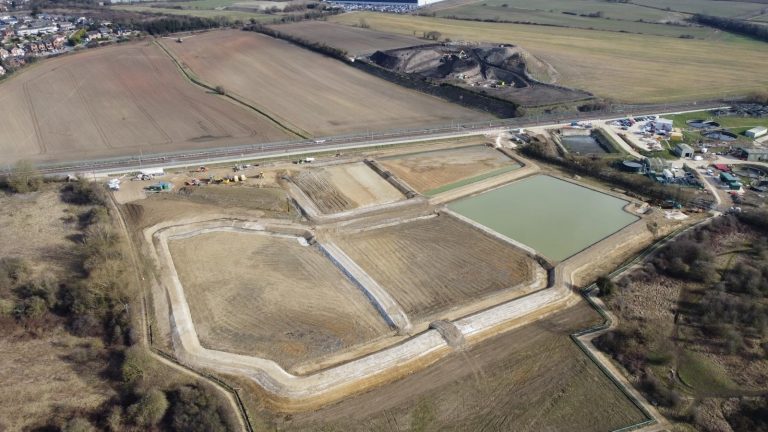Partnership has already delivered multi million-pound savings through faster customer issue resolution, reduced ODI penalties, and smarter asset lifecycle management Vyntelligence (Vyn®), the market-leading Agentic Video Intelligence platform, today announces a major expansion of its partnership with Northumbrian Water (NWG), one of the UK’s largest holding companies for water supply, sewerage, and wastewater industries. The collaboration will scale across NWG’s North East Network operations, achieving total asset optimisation with video intelligence. This comes at a time when the UK water industry prepares for its most fundamental regulatory period in decades. The AMP8 cycle, supported by Ofwat’s £104bn investment framework, presents the water sector with the challenge to push innovation across environmental standards, water supply security, asset resilience, and customer service, all while maintaining cost efficiency and regulatory compliance. Success in this ambitious period hinges on addressing two key opportunities: people and data. The industry is facing workforce challenges from an aging population and skills shortages, plus fragmented data systems continue to force reactive rather than predictive asset management. Resolving these challenges can unlock millions in operational inefficiencies and optimise existing asset lifecycles. By incorporating Vyntelligence into its workflows, NWG will be positioned to synergise people and data, pushing innovation across the AMP8 period. Vyntelligence replaces complex data interfaces with the most natural one: video. Field teams and customers document issues, asset maintenance needs and conditions through simple “show and tell” videos. These videos are processed using Agentic AI to extract actionable insights, trigger appropriate responses, and track resolution in near real-time. Vyntelligence and NWG will work together to achieve total asset optimisation with a focus on predictive maintenance, enhanced safety protocols, and intelligent resource allocation. Together, they have already demonstrated transformative impact over the last five years, achieving multimillion-pound savings through faster customer issue resolution, reduced ODI penalties, and smarter asset lifecycle management. “Vyntelligence are a valued partner who have helped us to transform the digital capabilities used daily by our field colleagues. Vyn assists our front-line teams to easily capture high-quality information in the field through their intelligent video workflow tool. Vyn’s embedded AI converts these video workflows into insights, and combined with data in our asset management systems, it creates a deeper understanding of our work and assets. Using video to capture to produce insights in this way has enabled field teams more time to focus on delivering the work for our customers, created opportunities for more innovative ways of working, and helped to ensure the safety of our colleagues. We are looking forward to continuing our successful partnership with Vyntelligence into AMP8 and expanding the use of the platform to support our ambitious asset investment programme,” said Martin Jackson, CIO at the Northumbrian Water Group. “Our long-standing partnership with Northumbrian Water is a testament to the transformative impact of Video Intelligence in solving the critical people and data challenges facing the UK water industry. We are proud to stand shoulder-to-shoulder with innovators like NWG, enabling total asset optimisation, empowering frontline teams to drive smarter decisions, faster fixes, and superior outcomes for AMP8 and beyond,” said Kapil Singhal, CEO at Vyntelligence. Building, Design & Construction Magazine | The Choice of Industry Professionals
